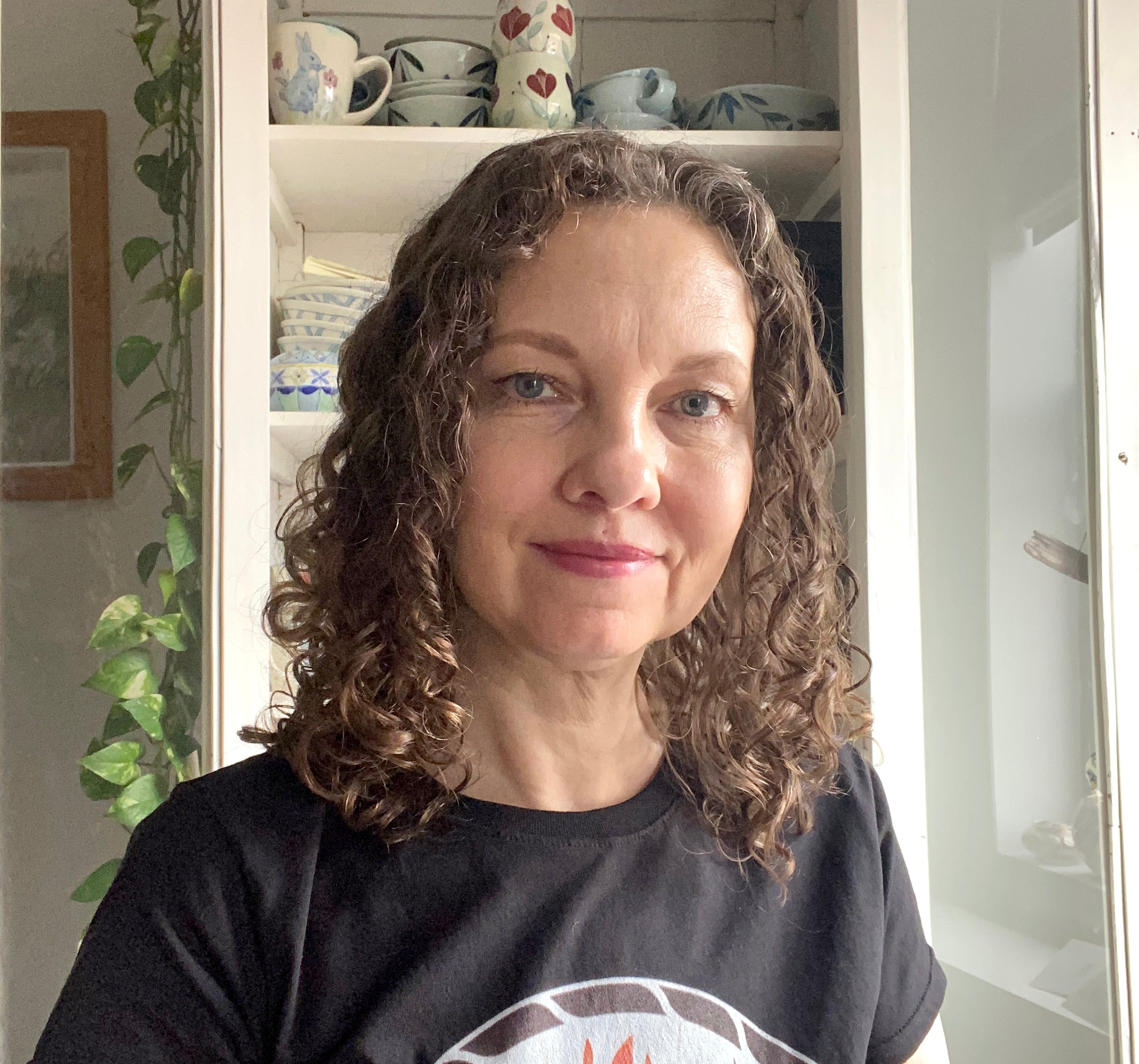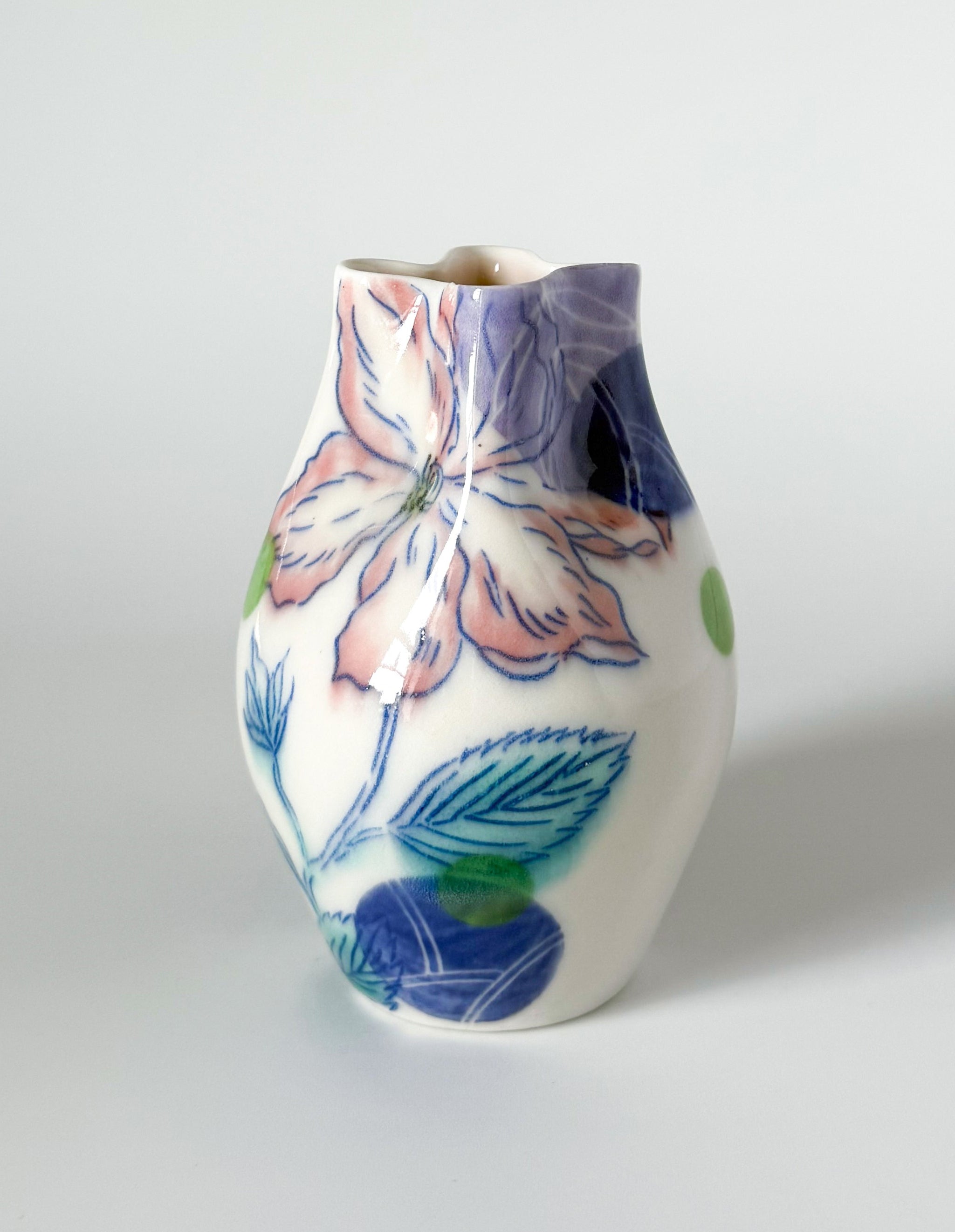ABOUT
About Asta
Asta Bubliene was born and raised in Lithuania where she received an MFA in Ceramic Arts from the Vilnius Academy of Art. Soon after graduating Asta came to the United States and settled in New York where she took a hiatus from clay and pursued studies in graphic design at the Fashion Institute of Technology earning a BFA in graphic design. Asta shows her work in various galleries, including Clay Art Center, NY and Peter’s Valley School of Craft Gallery, NJ, and exhibits throughout the United States.
Artist Statement
As a long time city dweller I find myself seeking nature as a refuge. Being in parks and wild spaces feeds and recharges me. When I enter the studio I translate this feeling into my work by drawing botanical images. The strength and persistence of nature is inspiring and grounding.
My depiction of nature is both lifelike and stylized. I layer botanical images with abstract shapes and patterns. My style is inspired by Japanese art, turn-of-the-20th century art and design, and observation of nature. I am looking for elegance of line in form and in decoration. As I am carving/drawing on the surface of clay I want to allow for unexpected connections to happen when lines and images connect or overlap, look at negative space as well as positive. It’s a sort of hybrid of play and intuition.
I want my work to generate the same calm and sense of respite that I have outdoors within the user. I strive to create work that invites curiosity and contemplation through unexpected decorative connections that are revealed when the pots are being touched, turned, used. By depicting the abundance and beauty of nature I am conveying the message of regeneration and hope for the survival of the natural world we live in.
Process
I work on a potter's wheel with porcelain clay. Delicate thin lines are applied using a slip inlay technique with multiple underglaze layers added at the greenware stage. More glaze colors are added to designs at the bisque stage. I fire in an electric kiln in an oxidation atmosphere to cone 6.


